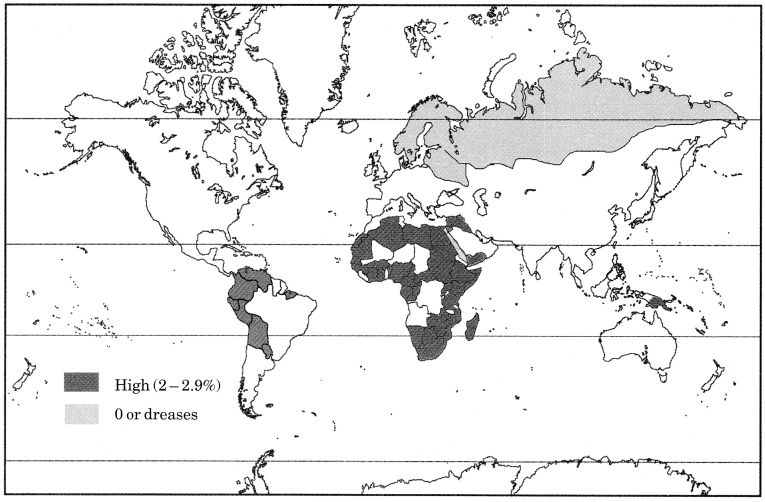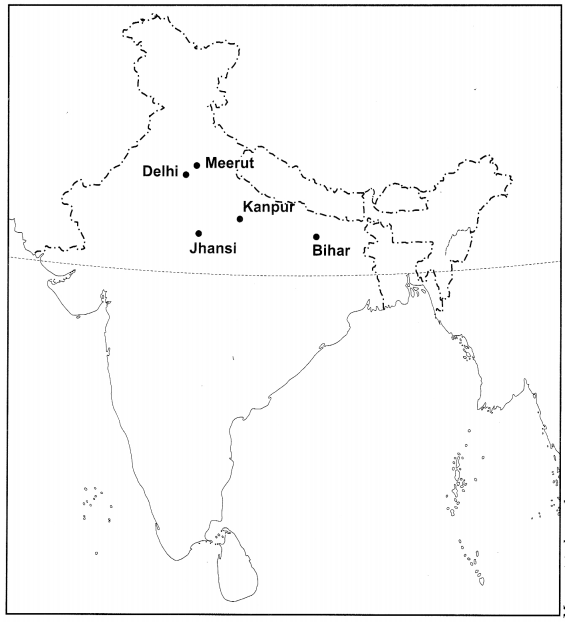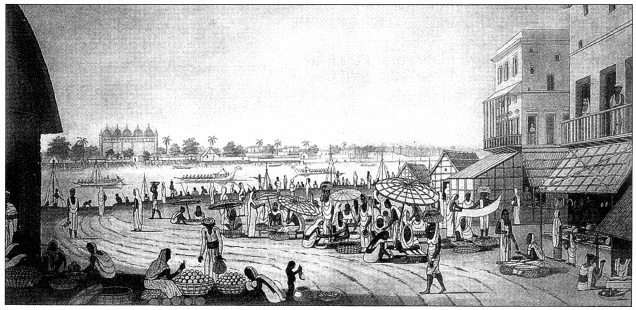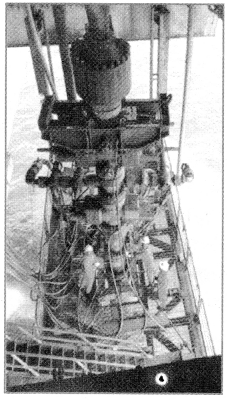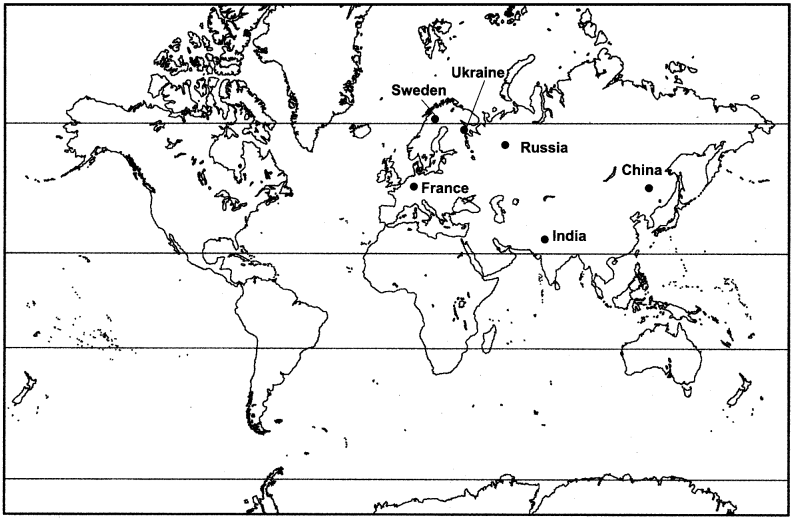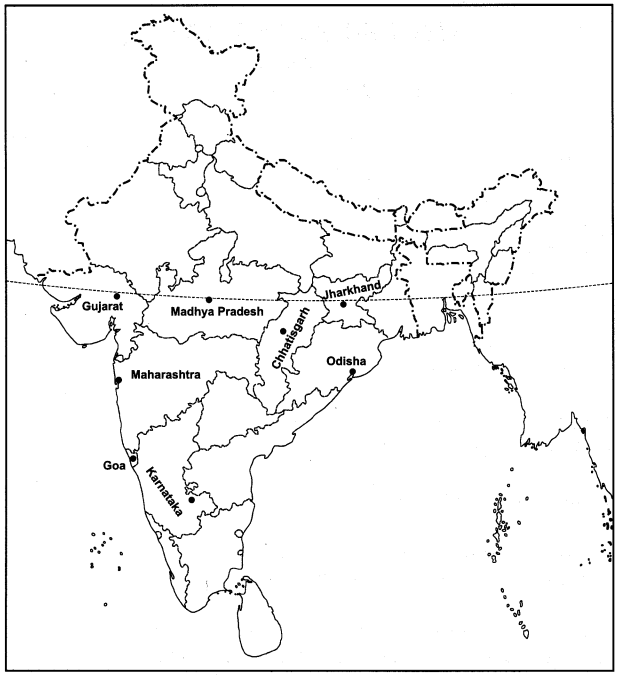Human Resource Class 8 Geography Chapter 6 Extra Questions and Answers Social Science CBSE Pdf free download are part of Extra Questions for Class 8 Social Science. Here we have given NCERT Extra Questions for Class 8 Social Science SST Geography Chapter 6 Human Resource.
You can also practice NCERT Solutions for Class 8 Geography Chapter 6 Questions and Answers on LearnInsta.com.
Class 8 Geography Chapter 6 Extra Questions and Answers Human Resource
Human Resource Class 8 Extra Questions and Answer Geography Chapter 6 Very Short Answers Type
Question 1.
What does the population pyramid tells about dependents of a country?
Answer:
Population pyramid tells us how many dependents are there in a country. There are two dependents – young and elderly dependents.
Question 2.
What could be an interesting way of studying the population composition of a country? Answer:
An interesting way of studying the population composition of a country is by looking at the population pyramid, also called an age-sex pyramid.
Question 3.
How crowded a country is, has little to do with its level of economic development. Give example to show its validity?
Answer:
For example, both Bangladesh and Japan are very densely populated but Japan is far more economically developed than Bangladesh. This is the perfect example for the above’s validity.
Question 4.
Define immigration.
Answer:
When a person enters a new country it is termed as immigration.
Question 5.
What does Emigrations mean?
Answer:
Emigration means when a person leaves a country.
Question 6.
What is the general trend of international migration?
Answer:
The general trend of international migration is from the less developed nations to the more developed nations in search of better employment opportunities.
Question 7.
Who are the Emigrants?
Answer:
The emigrants are the people who leave a country.
Question 8.
What is the meaning of population Density?
Answer:
Population density is the number of people living in a unit area of the earth’s surface.
Question 9.
Which is the ultimate resource?
Answer:
Human Resource.
Question 10.
Which of the two continents are there in which almost 3 quarters of world’s people live?
Answer:
Asia and Africa.
Question 11.
What does industrial area provide?
Answer:
It provides employment opportunities.
Question 12.
What is the most preferrable topography for humans?
Answer:
Plains
Question 13.
Which area of the world has sparse population when it comes to water availability?
Answer:
Deserts.
Question 14.
What led the people to settle in South Africa.
Answer:
Diamond mines of South Africa.
Question 15.
In which year the world’s population reached 3 billion?
Answer:
In 1959.
Question 16.
What was the world’s population in 1804?
Answer:
The world’s population reached one billion.
Question 17.
Why is the population growth slow in the countries like United Kingdom?
Answer:
Because of both low death and low birth rates.
Human Resource Class 8 Extra Questions and Answer Geography Chapter 6 Short Answers Type
Question 1.
What is meant by the term population density and what is the average density of population in whole world and in India?
Answer:
Population density is the number of people living in a unit area of the earth’s surface. It is normally expressed as per sq km. The average density of population in the whole world is 51 persons per sq km. and the average density of population in India is 382 persons sq km. South Central Asia has the highest density of population.
Question 2.
How can we say that people’s are the nation’s greatest resources and human resource is the ultimate resource?
Answer:
People are the nation’s greatest resources as nature’s bounty becomes significant only when people find it useful. It is people with their demands and abilities that turn, them into resources. Hence, human resource is the ultimate resource. Healthy, educated and motivated people develop resources as per their requirements.
Question 3.
What do you know about Human Resource Development (HRD) ministry under the government of India?
Answer:
The Government of India has a ministry of Human Resource Development. The Ministry was created in 1985 with an aim to develop people’s skills. This just shows how important people are as a resource for the country.
Question 4.
What do you mean by the pattern of population distribution? How is world population distributed?
Answer:
The way in which people are spread across the earth’s surface is known as the pattern of population distribution. More than 90% of the world’s population lives in about 30 per cent of the land’s surface. The distribution of world population is extremely uneven.
Question 5.
Define the following:
- Birthrate
- Death rate
- Migrations
- Life expectancy
Answer:
- Birth Rate: Births are usually measured using the birth rate, i.e. the number of live births per 1,000 people.
- Death Rate: Deaths are usually measured using the death rate, i.e. the number of deaths per 1,000 people.
- Migrations: It is the movement of people in and out of an area.
- Life expectancy: It is the number of years that an average person can expect to live.
Human Resource Class 8 Extra Questions and Answer Geography Chapter 6 Long Answers Type
Question 1.
Define population change. How do the following factors affect the distribution of population?
(i) Topography
(ii) Climate
(iii) Soil
(iv) Water
(v) Minerals.
Answer:
The population change refers to change in the number of people during a specific time. The world population has not been stable.
This is how the following factors affect the distribution of population.
- Topography: People always prefer to live on plains rather than mountains and plateaus because these areas are suitable for farming, manufacturing and service activities.
- Climate: People usually avoid extreme climates that are very hot or very cold.
- Soil: Fertile soils provide suitable land for agriculture. Fertile plains are densely populated around different parts of the world.
- Water: People prefer to live in the areas where freshwater is easily available. The river valleys of the world are densely populated while deserts have spare population.
- Minerals: Areas with mineral deposits are more populated.
Picture Based Questions Class 8 Geography Chapter 6 Human Resource
Look at the picture given below and answer the following questions:
Question 1.
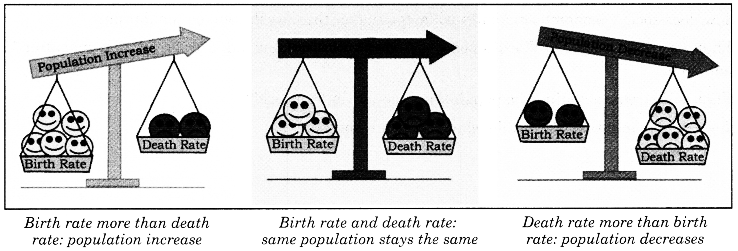
(i) When does the population increase?
(ii) When does the condition of steady population arise?
(iii) When does the population decrease?
Answer:
(i) When birth rate is more than death rate.
(ii) When birth rate and death rate both stay the same.
(iii) When death rate is more than birth date.
Map Skills Class 8 Geography Chapter 6 Human Resource
Question 1.
Mark the Annual rates if natural increase in the following colours.
(i) High (2 – 2.9%) – with red colour.
(ii) 0 or decreases – with green colour.
Answer:
